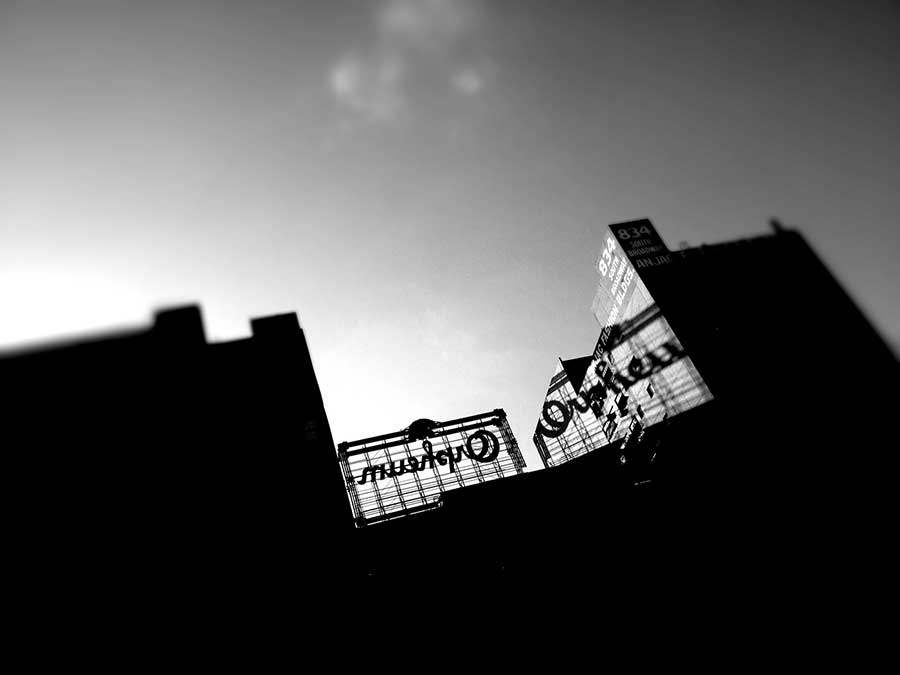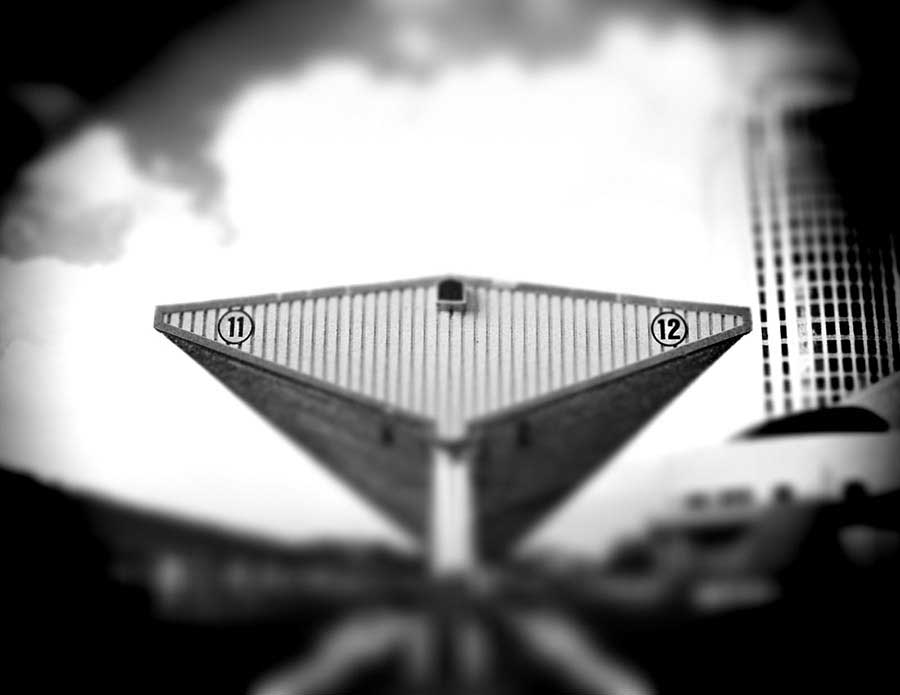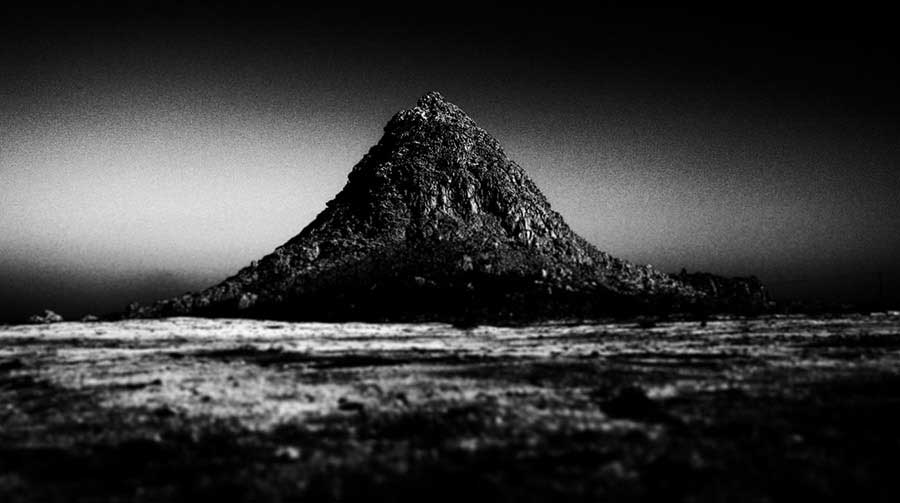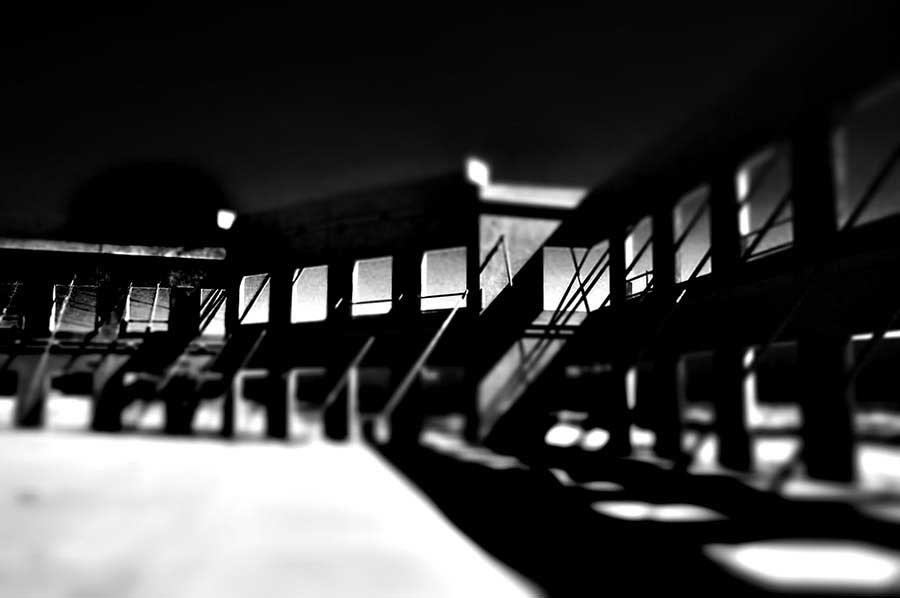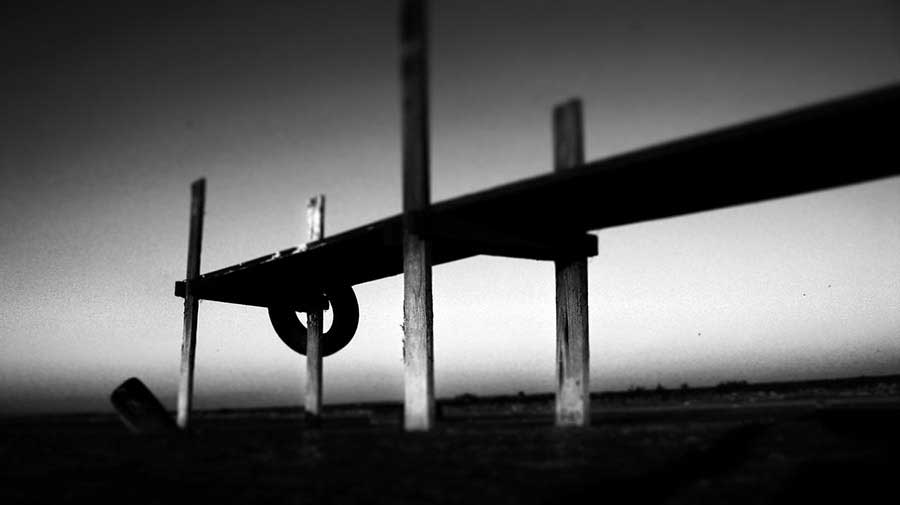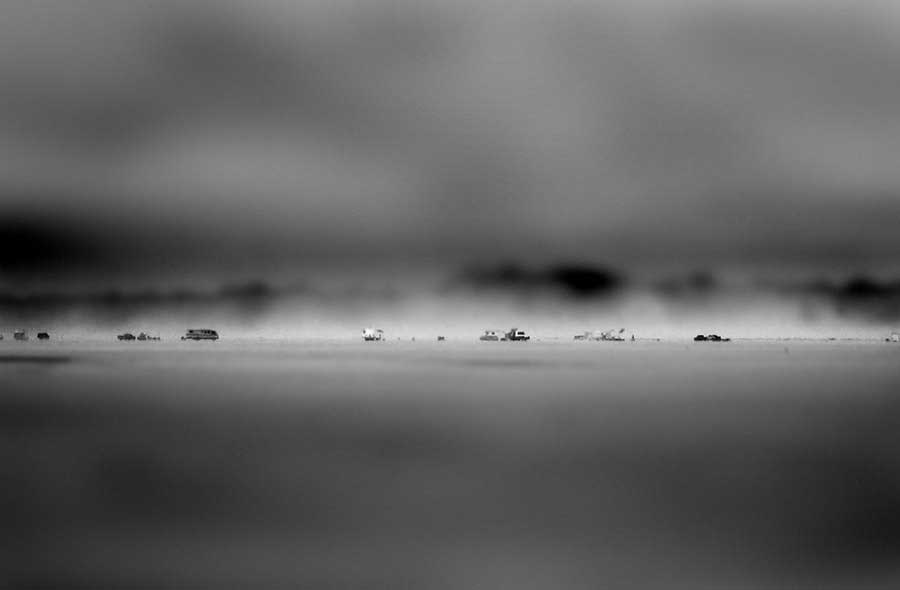My style hovers between documentary and a semi-dreamlike state. I’m constantly searching for what I like to call “clues.” These clues generally represent the initiation of questions that should be asked, rather than answers to pre-defined questions. I never have a set idea of what it is I’m looking for. I simply seek, occasionally finding exactly what it is I wasn’t seeking.
For me, that’s the time I learn something new about life: when I discover a new path, a new way of seeing, a new reason for continuing my search. After two years of college (Eastman School of Music) and needing some time off from school, I somehow landed a job at the Jet Propulsion Lab in Pasadena, CA, even though I was a music composition major. I did have a huge interest in astronomy, and I guess that did the trick. So I suddenly found myself working for Eleanor Helin’s asteroid project, the “Planet Crossing Asteroid Search” (PCAS), hunting for near-earth asteroids and comets. This involved using the 18” Schmidt telescope (actually a camera, not a telescope) at Palomar Observatory, for five or six nights each month. The job also involved quite a bit of dark room work, and I spent hours in the presence of noxious fumes. But, it was all very procedural, not artistic in any way, and I quickly learned that I would rather be elsewhere. Luckily, that was only one small part of the job. In a sense, what I really was was a data collector.
One thing that certainly stuck with me from that time was the excitement of the discovery of something new, not seen before by anyone. This happened to me a number of times during my years at JPL, with the discovery of numerous asteroids, many of which could potentially strike the earth, and four comets. Two of those comets are still with us, hanging out in our solar system between the orbits of Mars and Jupiter, and two of them are gone forever, having visited our solar system only one time before being sent away by their parabolic orbits, never to return.
When my days at JPL were over (actually, they sort of faded out, rather than ending suddenly) I felt a bit of a void. I still craved the thrill of discovery. So I replaced my search for objects in our solar system (many of them five miles or more across) with the search for objects on our home planet, and my love for the desert tempted me to take long hikes in search of the unknown. Not an easy chore, since the surface of our planet had long-since been completely recorded via imaging satellite, sans ocean deeps. So I scaled down. I began to search for the small, the seemingly insignificant, the unspoken-for. And I continue that search today.
My shooting style is very spontaneous. Very rarely do I plan anything out, and it’s the element of surprise and discovery that drives me forward. While I do enjoy traveling distances to obtain my shots, I realize also that there are many, many great shots waiting to happen right next to me. I just have to stop, breathe, and observe to find them. That can be a challenge at times.
I don’t work with professional-grade cameras, and have never owned one. I use cheaper point and shoot cameras without any special lenses or filters. Rarely do I use a tripod. Photoshop is my “second camera”, and if I become Indiana Jones when I’m out shooting, I also become a calm Zen master when working in Photoshop. This is the time when I look at my “data collection” and infuse the photos with the emotions and visions I originally felt and saw at the time of the actual shoot. I’m usually disappointed when I first see the images which come out of my camera. Sometimes I don’t get to processing them for a time because they don’t live up to my original vision.
Over time, my style has evolved. In the beginning, back in 2000, compositions were very traditional, with level horizons and a sharp, uniform focus. After a few years of watching the work of the great cinematographers from the past, my compositions became more loose, with tilted horizons as if the image was selected randomly from a film sequence. I also very often shoot in a longer/wider format, much like a cinema aspect ratio. The desire to introduce a more organic quality into my images opened up free experimentation with blur effects. Now, I combine each of these techniques to varying degrees in my work, depending on what I’m trying to communicate in the final image. The recent introduction of color into my fine art work has also expanded my set of tools, and in certain cases, I find that color is the only way to go. [Official website][Book]

